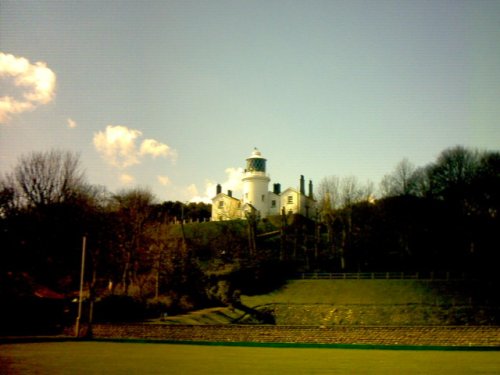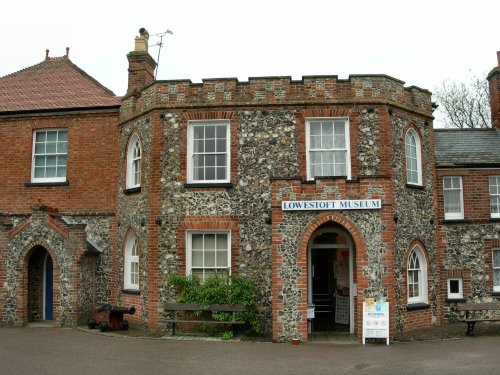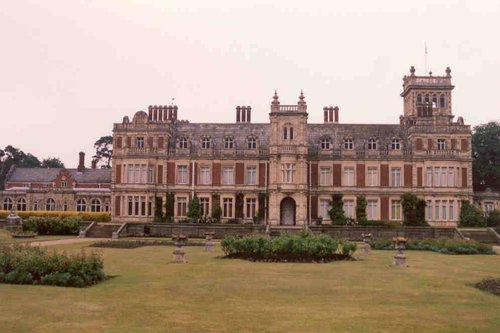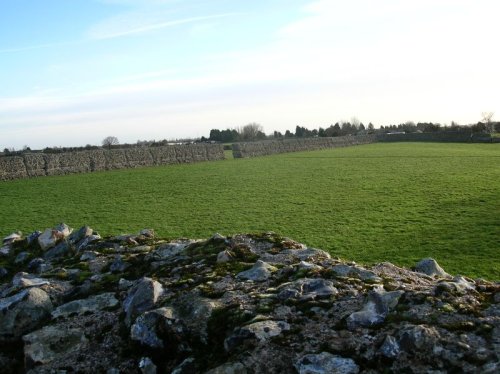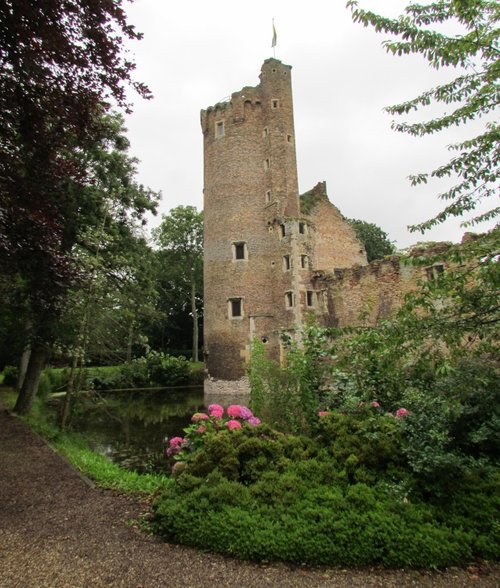Pictures of Lowestoft
About Lowestoft
This is now a sunny holiday resort but for many years fishing played an important part in the history of the development of Lowestoft. The town was established as a fishing centre as long ago as the 14th century, by the late 18th century it had a considerable fleet of barges and smacks. At the early part of the 19th century Lowestoft's fishing industry was soaring, catches were plentiful, particularly Herring for which it was famous. Little did anyone guess that what had been a lucrative and fruitful trade was about to enter into a decline, when it came it was all to swift.
Today Lowestoft, which happens to be Britain's easternmost town is an attractive holiday resort with beautiful sun-bathed beaches where you can enjoy swimming directly from the beach. The town's harbour is always a busy place, here people gather for a drink and a chat, or to simply enjoy the spectacle of the forest of tall masts on the sea. In the lively marina you can stroll along walkways to see handsome sea-faring craft at close quarters.
Fortunately over the centuries plenty had been done to preserve the character of the town. The old cobbled steps running up the side of the cliffs known locally as ' scores ' remain to be seen. These were used by smugglers and where important in the days when fishing boats were landed on the beach.
Interestingly, a large part of the town was laid out in the 19th century by Sir Samuel Morton Peto, whose firm was responsible for building both Nelson's Column and The Houses of Parliament. There are many handsome properties left from this flurry of 19th century expansion.
Lowestoft's Lifeboat Station is one of the oldest along the English coast, it was founded in 1801 - well ahead of the formal introduction of the Lifeboat Service which came around 23 years later. The station has open days when visitors are made welcome to look around and learn all about the Lifeboat Service. An emotive statue of a lifeboat man stands close to the town's bridge.
As you would expect there are spectacular cliff top and coastal views. One of the town's most delightful vista's is looking towards the open seas, beyond the elegant white pier heads standing tall and proud guarding the narrow entrance to the harbour, calm or turbulent this view of the sea is quite magnificent. Along the coast there are special walks where a rich bounty of wildlife is revealed. In the hinterland beyond the coast between the Rivers Waveny and Yare, the countryside is fresh and green with many tranquil spots thus attracting birders to the area. Not surprisingly, Lowestoft has a thriving birding association which meets for regular forages into the wilds.
During the daunting days of the Second World War the town was at the forefront of bombardment. All this, except for the pride of the people of Lowestoft in their share of the defence of our island, has been left behind. Over the years, the town has built up a wonderful reputation, it is a happy place, it is the gateway to the Broads and is part of what is deservedly called 'The Sunrise Coast' for the dazzling light and shade of the vast Suffolk skies take on a breathtaking glow at the early dawn of light. It is no wonder this gorgeous part of Suffolk has been the famous haunt of artists for centuries.
There is lots for all the family to do, from part-taking of a guided walk around the town, touring the harbour, enjoying the beach or joining one of the deep sea fishing trips on offer. Oh yes, a must for every visitor here is a bag of fish and chips to enjoy whilst strolling along the prom! Yes, Lowestoft is a great place for everyone.
Interesting & Historical Facts about Lowestoft
 The coastal town of Lowestoft, in the county of Suffolk, is the most easterly point in Britain.
The coastal town of Lowestoft, in the county of Suffolk, is the most easterly point in Britain.
Lowestoft facts |
Suffolk facts  The coastal town of Lowestoft, in the county of Suffolk, is the most easterly point in Britain.
The coastal town of Lowestoft, in the county of Suffolk, is the most easterly point in Britain.